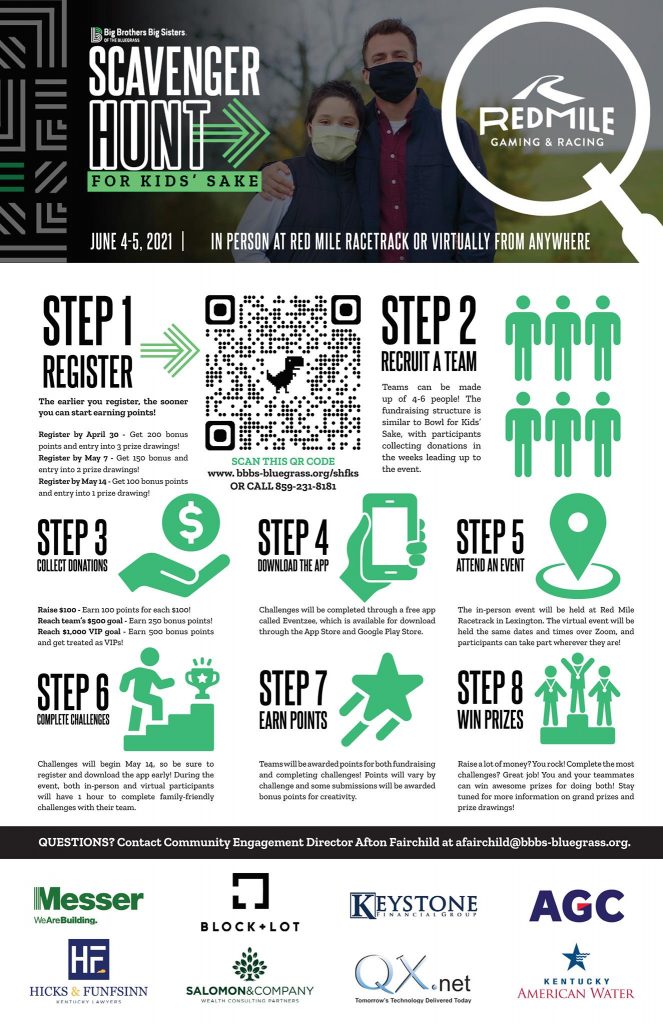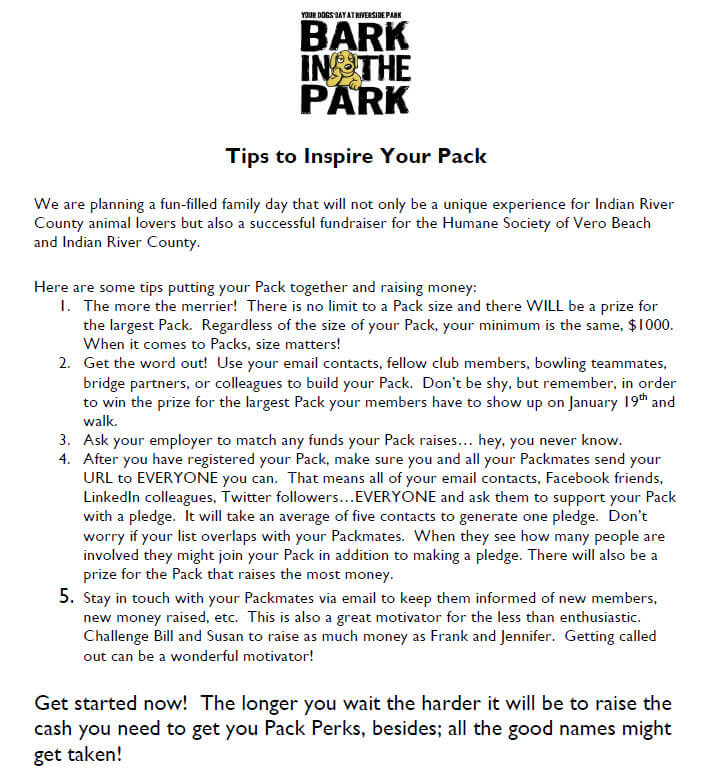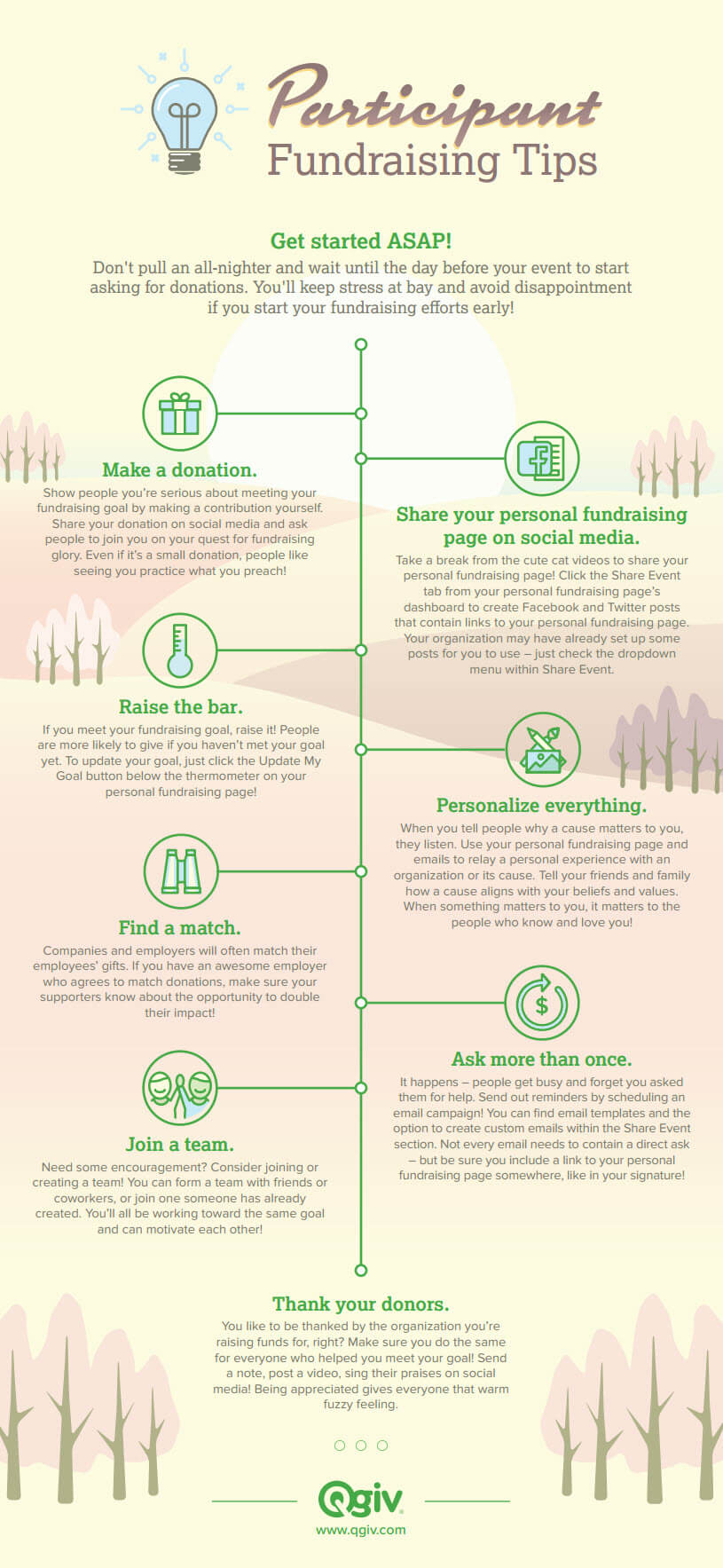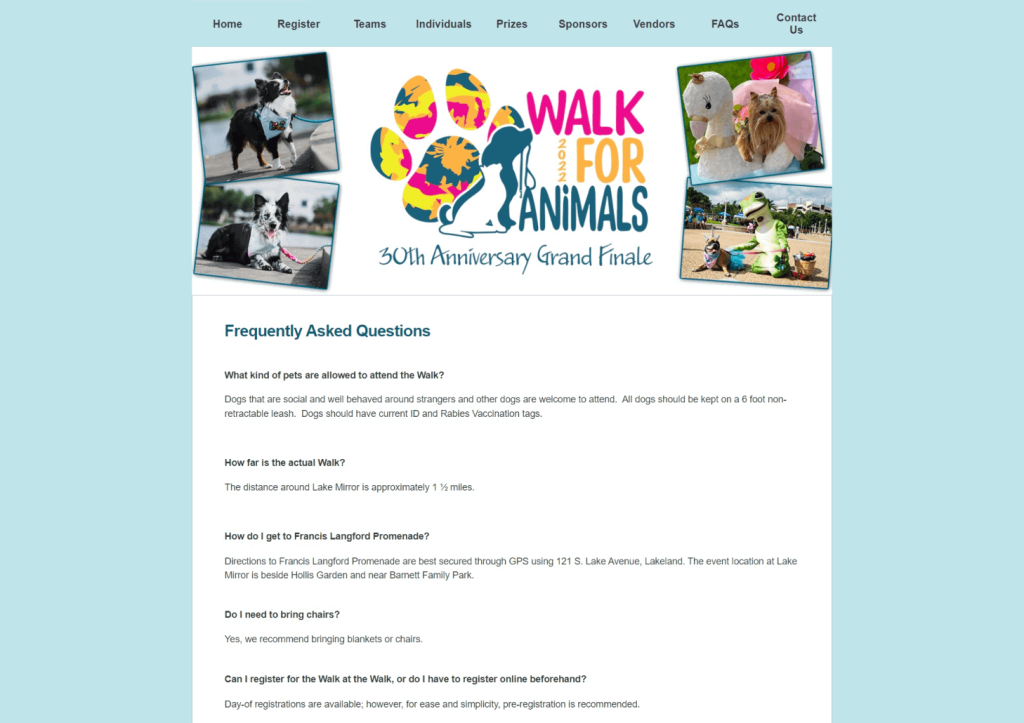Looking for a way to prepare your peer-to-peer fundraisers before your event starts? Try a participant toolkit! You can include an overview of your organization and/or event and its purpose, fundraising tips, promotional materials, and more.
What is a peer-to-peer fundraising toolkit?
A peer-to-peer fundraising toolkit is a document that helps your fundraising participants fundraise on your behalf more effectively. They come in all shapes, sizes, and designs, but their unifying purpose is to make fundraising easier for people who don’t fundraise professionally. You need to make it easier for your fundraising participants to ask for donations. That’s why these peer-to-peer fundraising toolkits are so helpful. But how do you determine what to put in your fundraising toolkit?
What should be included in your peer-to-peer fundraising toolkit?
- Facebook fundraisers integration instructions
- Text fundraising instructions
- Templates for email and social appeals
- Instructions/scripts for asking for donations in person
- Instructions needed to make the most of the peer-to-peer event and fundraising experience
- Answers to FAQs about fundraising or the event itself
If you’re wondering what to include in your peer-to-peer fundraising toolkit, look no further than this list. It contains everything you may want to let your fundraising participants know about so they can host successful fundraisers on your behalf.
1. Facebook fundraisers integration instructions
The first feature that you should let your participants know about is how to fundraise on Facebook, especially if your peer-to-peer fundraising software solution has a Facebook fundraiser integration. One of the easiest ways to fundraise is to ask friends and family over social media. By setting up a Facebook fundraiser, many of your supporters will be able to reach their fundraising goals simply by posting online. But how can their Facebook fundraiser be applied toward their peer-to-peer fundraising goal? A Facebook fundraisers integration is the solution.
If your fundraising participants want their Facebook fundraising efforts to be recognized on their individual fundraising pages, teach them how to set up a Facebook fundraisers integration to link their Facebook fundraiser to the page. This will update their fundraising goal and thermometer with the Facebook donations they’ve raised so their hard work won’t go unnoticed.
2. Text fundraising instructions
Another great feature for peer-to-peer fundraising toolkits are instructions for text fundraising. Text fundraising is really handy because it helps your fundraising participants reach their friends and family on the devices they carry around with them everywhere. You can quickly raise crucial funds with a text fundraising campaign. Your peer-to-peer supporters are no different. If your peer-to-peer fundraising tools include text fundraising capabilities, include directions on how to set up a text fundraising keyword. Then, supporters can send their unique keyword to friends and family to ask for donations via text. Their loved ones just have to text that unique keyword to make their gift and have it automatically applied toward that peer-to-peer participant’s individual fundraising goal.
3. Templates for email and social appeals
Another way you can help supporters raise more for your cause is by including templates for email campaigns and social media appeals. Take the guesswork out of how to ask for gifts by writing up templates that your supporters can use to make their asks. Incorporate your storytelling into these templates so that your supporters are able to tell a compelling story that inspires others to give.
Or, make it easy for your supporters to tell the story of why they give by providing prompts that they can use to write their own story.
4. Instructions/scripts for asking for donations in person
For supporters who want to ask for donations face to face, you need to include instructions or scripts for asking for donations in person. Remember that your supporters aren’t like major gifts officers. They likely don’t know how to represent your nonprofit organization when asking for donations. Make their job easier by writing up instructions for asking for a donation or even coming up with a memorable script that they can use to make the ask.
5. Instructions needed to make the most of the peer-to-peer event and fundraising experience
If your peer-to-peer fundraiser requires that your participants, both fundraising and non-fundraising, download an app or have to take certain steps to participate, the easiest way to communicate that is with your peer-to-peer fundraising toolkit. This way, everyone who is fundraising on your behalf has the instructions they need to make participating in your event possible. By giving your peer-to-peer fundraising toolkit to non-fundraising participants, you may even inspire those who weren’t planning to fundraise to give it a shot.
6. Answers to FAQs about fundraising or the event itself
Lastly, you may want to include answers to frequently asked questions about fundraising or the event itself on your peer-to-peer fundraising toolkit. Your supporters are going to have questions, both about how to support you and how to participate. By answering these questions ahead of time in an FAQ, you set your fundraisers up for success and save yourself precious time by not having to answer the same questions over and over again.
Think about what your supporters are going to need to know about fundraising and about your event and answer those frequently asked questions on your peer-to-peer fundraising toolkit so that everyone has all the answers they need before they even think to ask.
As we stated before, your peer-to-peer fundraising toolkit can come in all shapes, sizes, and designs. You can include as many of the above items as you’d like or keep it simple with only a few helpful hints. To inspire you, here are a few examples from current Qgiv clients!
Overview Sheet
Think of your participants as advocates for your organization. You want your advocates to know their stuff, right? Help them out by providing an overview of your organization, your event, and your event’s purpose. When participants are talking about your peer-to-peer event, they’ll know just what to say! Here’s a great example from Big Brothers Big Sisters of the Bluegrass.

Participant Fundraising Tips
Ideally, all events would include a pre-event fundraising workshop of some sort, be it in the form of a meet-up or a video. If you can’t do that, be sure to at least provide your participants with a list of tips to help them be more effective fundraisers. Here’s a tip sheet we developed for Qgiv clients to use.
We really like this tip sheet from the Humane Society of Vero Beach, which provides tips specific to teams participating in their Bark in the Park event.

BONUS: Need a little inspiration? You can download their entire participant fundraising toolkit below! It’s awesome!
Humane Society of Vero Beach Fundraising Guide
Frequently Asked Questions
Create a page answering important questions about donation deadlines, cash and check donations, event rules, maps, and any other important information participants might need to know before the event. SPCA Florida provided a comprehensive list of FAQs for their registrants—below is just a sample of their list.
Health First preemptively answered a frequently asked question by providing a handy course map for Health First Day at the Great Florida Air Show.

Promotional Materials
Let your participants promote your organization and event! Be sure to include some printable handouts, posters, and images they can distribute to potential supporters. Check out the printable postcard that Missing Grace Foundation included for their participants to send out before their Minnesota Hope & Hearts Run/Memorial Walk.

These are just a few ideas to get you started on creating a toolkit for your peer-to-peer participants. Want to keep ours on hand?






